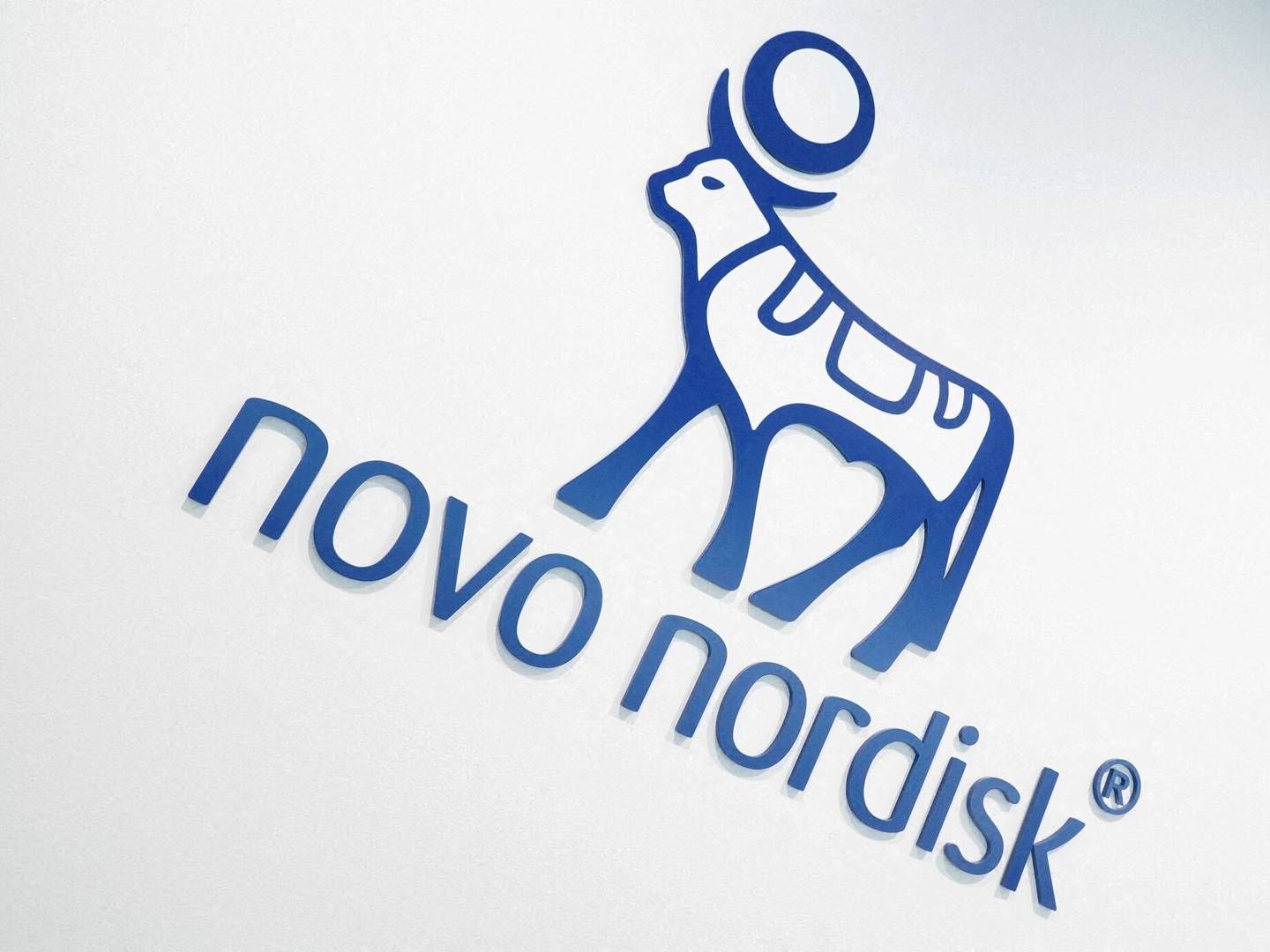Use your head
1. All change is not equal, and is not perceived as such – you must estimate how big the change is and should be. Is it revolutionary or merely a minor adjustment?
2. Everybody must not do everything – the worst you can do is to disturb a lot of people with change communication they do not need.
3. Don’t over-dramatize in dramatic times.
4. Remember: In the middle of a crisis, employees see an invitation to the meeting and think “lay-offs”!
5. Remember that all change doesn’t follow the classical model, where knowledge and acceptance come before action – actually, people frequently change attitude because they suddenly do something new (“Hey, I bought a magazine from a homeless person – I must be a socially conscious human being”!)
6. Pick the low-hanging fruit: Every change start with a small step.
7. Pick the high-hanging fruit: If you get everyone to do a small thing first, it is easier to get them to do the big things afterwards.
8. Learn from all the small and big change that you experience – what got your mother-in-law started with golf; why did it become fun to save energy at home?
9. We’re all moved (in various ways), through both rational arguments and by more emotional strategies – so think creatively and learn from all the campaigns you meet everyday.
10. If the goals of change are given, don’t pretend they are not.
11. If the goals of change aren’t given, don’t pretend they are.
12. Think of change as a communication: Communicate to the head, heart and legs alike.
Use your psychological sense
13. Change is neither good nor bad, but for most people it comes inconveniently – acknowledge that fact, even if you’re enthusiastic about the change yourself.
14. Change can be instilled by both an inclination to get away from something (negative) as well as closer to something (positive).
15. Do not forget that motivation consists of both meaning and confidence. Meaning because the new has to be meaningful for those who must endure it, and confidence because they need to believe they can do it. We often forget confidence because we are so busy trying to 'sell' change.
16. Change almost always create some form of insecurity, because the new represents a knowledge gap that most people fill with their own ideas and fantasies – and the more you can fill the gap with actual knowledge, the sooner insecurity is replaced by security.
17. Acknowledge that people both gain and lose something with change.
18. It can take anything from between 7 seconds to 7 years to live through the phases of change – consider how long you have.
19. Even if you do not know everything, say what you do know – for example, about the process, about who is least affected, about what still applies in transition period – this provides an anchoring point for those concerned.
Use tools
20. Set a classic communication plan, where you group the affected according to their attitude to change.
21. Make Q&As where you ask all the questions you’d rather bypass, but know must be addressed.
22. Be generous with your tools – maybe others in the organisation can use them.
23. Use yourself.
24. One person must take the first step and start the movement. Take the lead, walk the talk, throw the stone.
25. Know that your own inner state affects what you can accomplish. If you believe in the possibility of changing the world (or the company) for the better, it becomes easier to get others aboard.
26. Think of yourself as an ambassador of the project, and remember that everything is communication – everything you do, say and mean can be understood as communication, so make sure that in what you do, you support the change.
Use the top management
27. The top management must support your project – in both word and action, and if they are not sufficiently interested, consider whether your project can succeed (it's hard to introduce a Customer Relationship Management system in an organisation where the chief executive publicly airs his disgust for IT systems).
28. Perhaps the top management is the target audience for the first wave of change communication? Don’t skip them, unless you love doing your job by half.
29. Choose your battles – save ammunition for the really demanding change projects – and be ready to do small fixes once in a while.
30. Estimate whether the top management are the right people to take the lead in change communication – or whether middle level management are more creditable and better able to make sense of the change locally.
31. Coach the top management – don’t miss the opportunity to coach the top management – both in making clear decisions and setting clear goals and success criteria, and communicating them clearly and consistently – if that's important, a dress rehearsal is a good idea.
Use the managers
32. Involve the managers, who in reality are the ones who have to prioritise and resolve the dilemmas when employees come to them – do they have a reason to prioritise your project higher than their own goals?
33. Perhaps the managers are the second audience of change communication – think of communicating with them as an investment in change.
34. Let the managers get a head start to enable them able to relate to, engage in and immerse themselves in the change; ensure that they are not too shocked to handle employee reactions professionally when the announcement comes.
35. Using managers’ responses and questions to enhance the change even more – there’s no need to wait to adjust the process when it’s already off track.
36. Coach managers in practice! You’ll never get a better chance to enhance their communication skills than just before a major change where they understand their role.
Use employees
37. Involve those employees who, in reality, must implement change – can a pilot project provide important knowledge?
38. Involve employees – perhaps their arguments for why the change is a good idea are more powerful than the management’s.
39. Do personality tests of employees, so that the closest manager knows what their personal strengths and weaknesses are when handling the current change.
40. Give employees a chance to digest the change – and the opportunity to discuss it.
41. Remember that employees think further – is their department going to be redundant? Answer what you can.
42. Give employees an understanding of how people typically react to chance – you react differently, and it’s normal to go through phases of scepticism before acceptance.
43. Spend time on dialogue where individual employees realise how exciting and stimulating the change can be for them.
44. Try to spot employees doing something good – something that supports change.
45. Follow up with concrete feedback, where you acknowledge what you see employees do.
Use the staff functions
46. A change project often affects the organisation widely – make sure to draw from competences within HR, communication, economy, etc.
47. Create a cross-organisational Task Force.
48. Identify spearhead departments that can take a lead during change, showing the way to others.
Use the messages
49. Remember to convey the vision – why do we have to change and what can we gain? This is a trivial step, and yet it’s often forgotten.
50. Show it can be done. Tell about others organisations that have done something similar. Their success helps creates peace of mind in those about to endure change.
51. Let those who must carry through change feel the vision, translate and tell it to each other – they remember perhaps 10 per cent what you’ve said, but 80 per cent of what they’ve said.
52. Show the burning platform – much change consists of both a push and a pull: If they don’t agree with the vision, they might at least agree with horror scenario if the platform is burning – so show it.
53. And allow those who must change feel the burning platform: Let people talk about what will happen if you just carry on as usual...
54. Tell people what they must do and when – many change projects wither because people leave the meeting without knowing what they are meant to do...
55. Tell what you and others do – it’s motivational knowing what others do.
56. Tell the organisation what makes you think change is possible – when my daughter is learning how to skate, I say: “It was hard to learn to bike, too, but you put your mind to it and you kept on trying – and you have strong legs and good balance, so I know that you’ll also learn to skate!”
57. Be extroverted – tell everyone the project is moving forward; they’ll have to follow.
Use history
58. Think through the organisation’s history: Is the organisation accustomed to change? Or is this the first time it must go through such a process? Perhaps it has change fatigue, because it’s been through a never-ending number of changes lately?
59. Clean up history: Finish some of the on-going change projects. Find something the organisation no longer must do.
Spend money
60. If it’s cost millions to develop a new IT system, is it not fair to use a percentage to implement it?
Use the channels
61. Use the scoop effect when you communicate through employees and the intranet. You have to use the channels on their own terms – and remember they easily dry up in sender-focused communication.
62. The informal communication in an organisation is important – create an overview of the informal channels and create new ones.
63. Put up another water cooler!
64. Do a spontaneous picnic in the park!
65. Create the “Captain’s table”, where employees in session eat lunch with the management – just as on cruise ships.
66. Make an ambassador programme.
Use measuring
67. Create a need for change – if the staff don’t experience a basic necessity for change, all the good communication is wasted.
68. Goals, goals, goals – everything is ok, so why change? No, we’re not certain that everything is okay. Prove that it isn’t.
69. Create a bad fiscal year, let a huge order pass you by – or... sometimes it takes a blood clot to help you quit the French fries.
70. Defuse the smugness – people on top of their game, with too much success or too deeply involved in the organisation don’t clearly see the need for change.
71. Depict worst-case scenarios by projecting numbers – the future looks gloomy, with layoffs, no customers, etc.
72. Analyse the culture – where are we needed if we want to make employees ready for the change process, and for the new situation?
73. Analyse the criteria for success – create your own management tool.
Use the books
74. Kotter is the big guru of change – read him.
75. It’s not cheating to look for knowledge; it’s the opposite. Learn from others.
76. Anne Katrine Lund’s “Lad gå videre” (in Danish) is also good.
77. Leif Pjeturssons “Når ledelse er kommunikation” (in Danish) is also recommendable.
78. Give books to those who must change: “Isbjerget smelter”, “Who Moved My Cheese?” etc.
Use your imagination
79. Play, make acts – the only limit is your imagination when people must be moved!
Use consultants
80. Sometimes it takes an outside view to see where change is needed. Get a consultant to perform an analysis.
81. Sometimes it takes an outside person as a neutral player to point out the need for change – as support from the management.
82. Sometimes you need others’ experience and manpower when you must move forward.
83. Sometimes consultants have fresh memories and inspiration from others about how to pursue change.
Use the culture
84. Eat lunch together.
85. Play 20 Questions with the director – get him on the soapbox. Get the personal story from him.
86. Put up a question box in the cafeteria.
87. Put out a question relay.
88. Keep the pot brewing. Solicit ideas from all staff.
89. Remember that this change is also an opportunity to weed out bad habits and bad meeting culture.
Use your ears
90. Listen, listen, listen – to others’ experiences, to the grapevine and to your own sense of what it takes.
Use dreams
91. Even the most-hardened sceptic has dreams about how things could be better – if you can create a connection between change and dreams, you can move mountains.
92. Let the organisation talk about dreams from time to time – dreams are like gasoline – you need to refuel sometimes.
Use success
93. Remember, people are social beings: We want to do like the others, so let it be known if 90 per cent already have found ways to save in their department.
94. Who doesn’t want to be a part of success? Make sure some of the goals and criteria of success are within easy reach, so you have the chance to communicate success.
95. No more crybabies: Make the change project fun – then others will want to join.
96. Break the habits: Have a ‘leadership lounge’ instead of ‘seminars’, and a ‘gathering’ instead of a ‘staff meeting’.
97. Reward good behaviour – pastry for everyone or double bonus.
98. Instil faith in old successes – perhaps the organisation has gone through a merger before?
99. As in all other aspects of life: Have a party!
100. As in all other aspects of life: The bigger, the better :)































